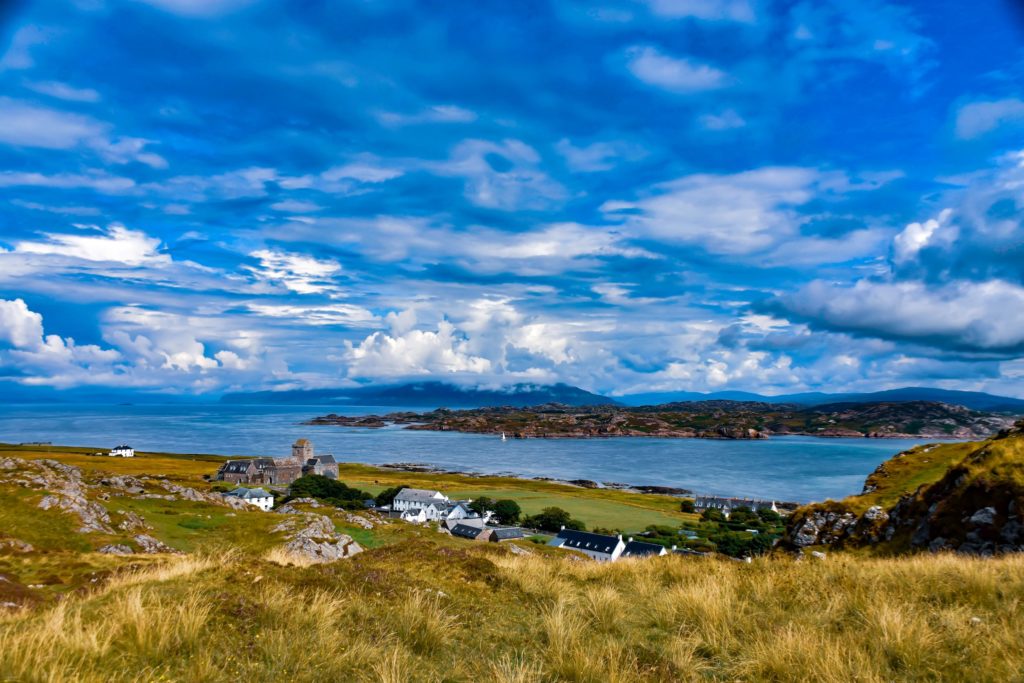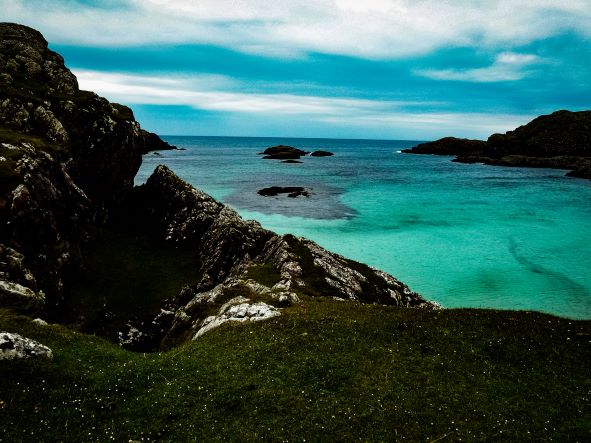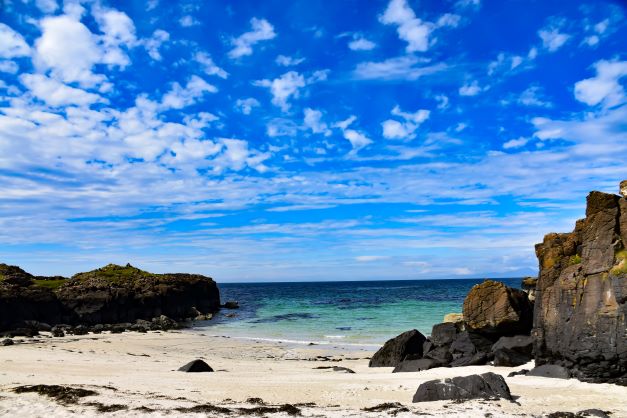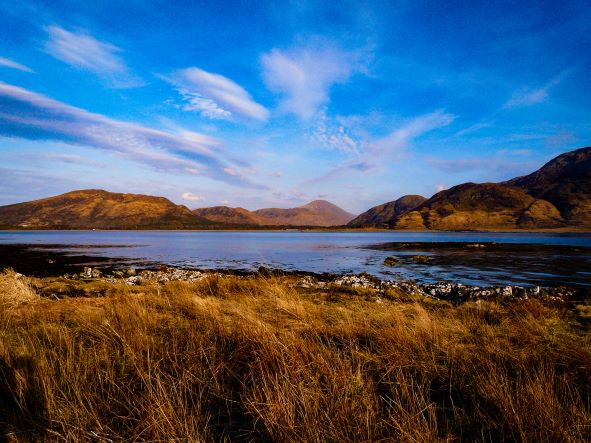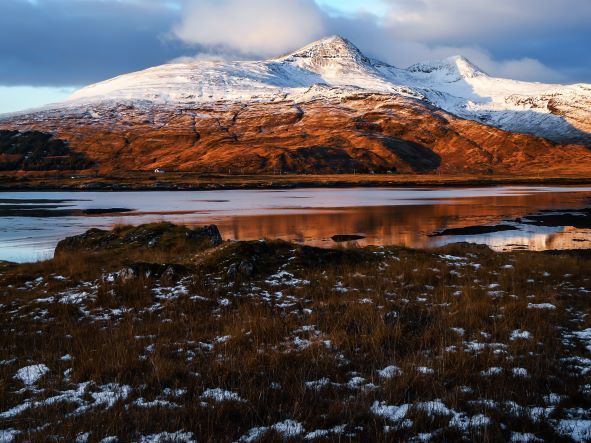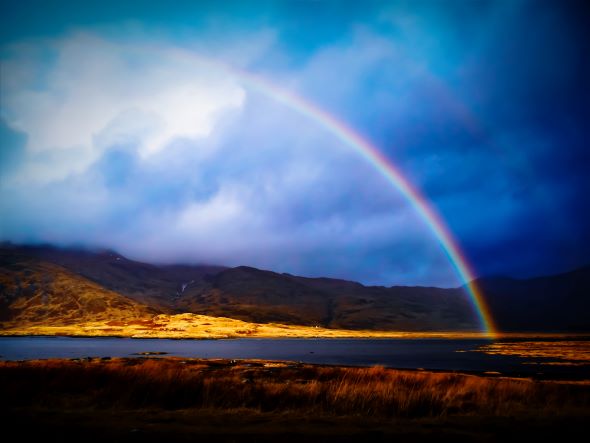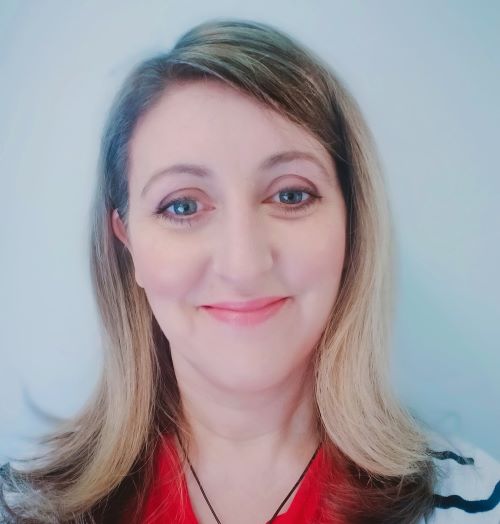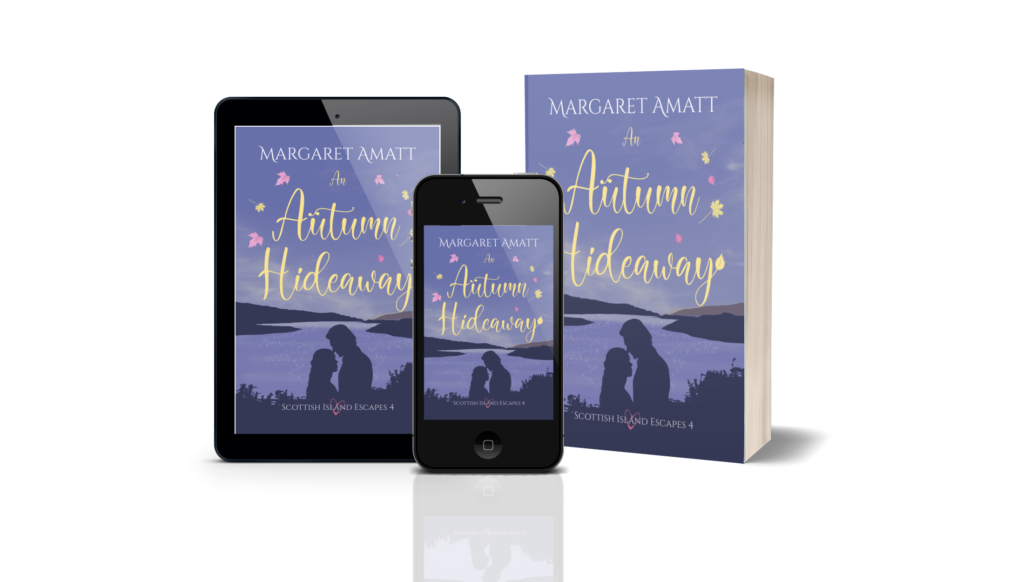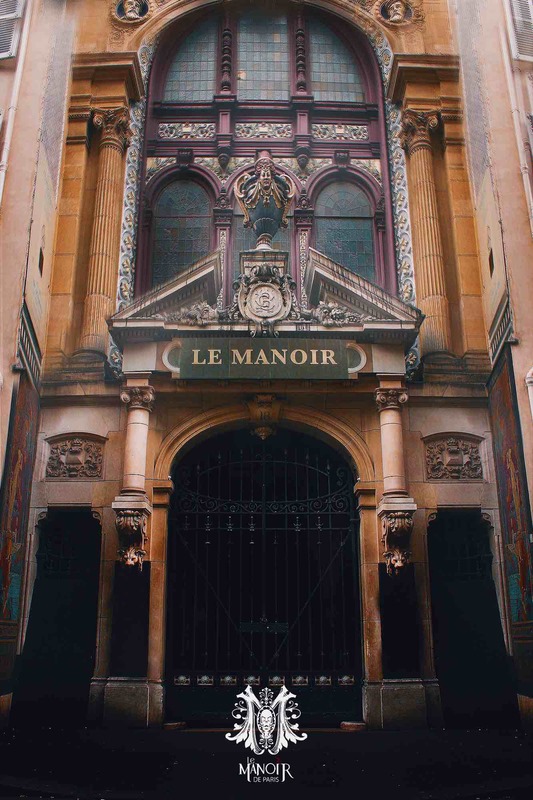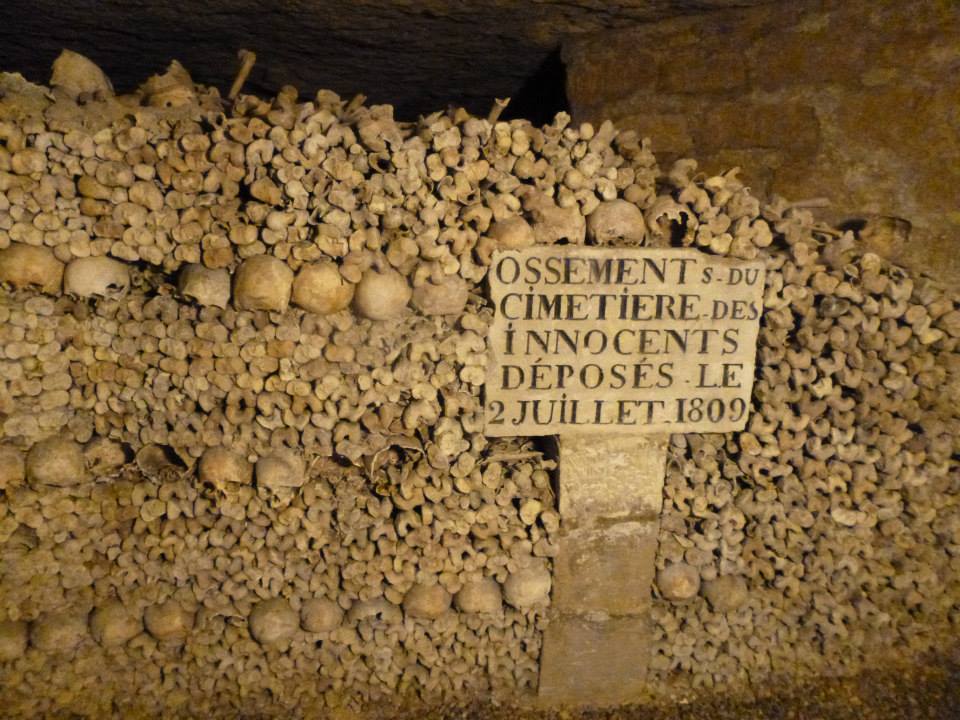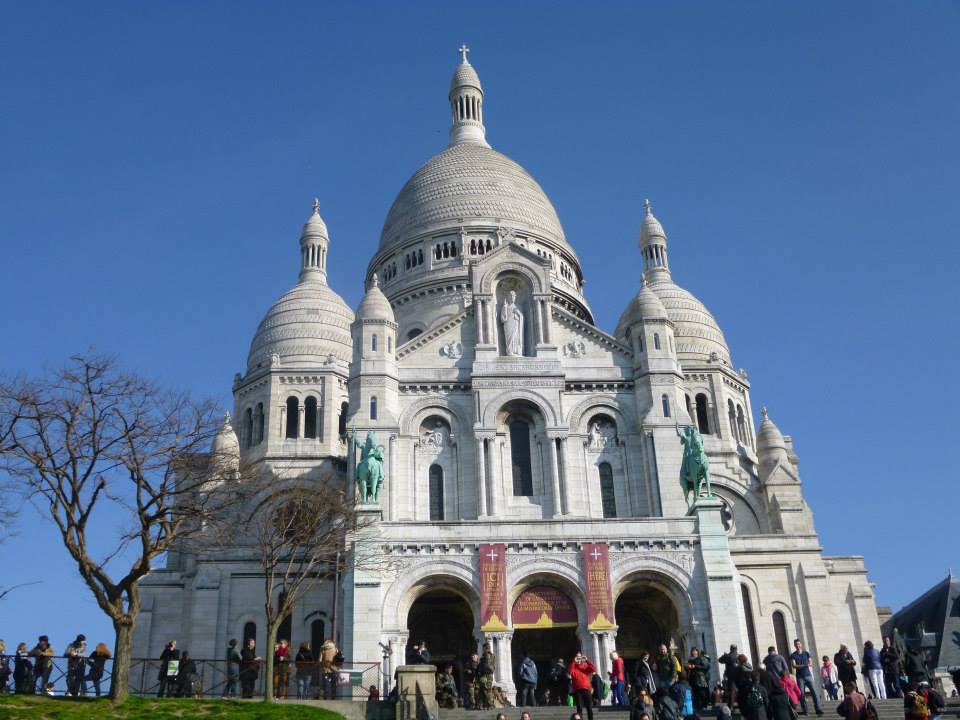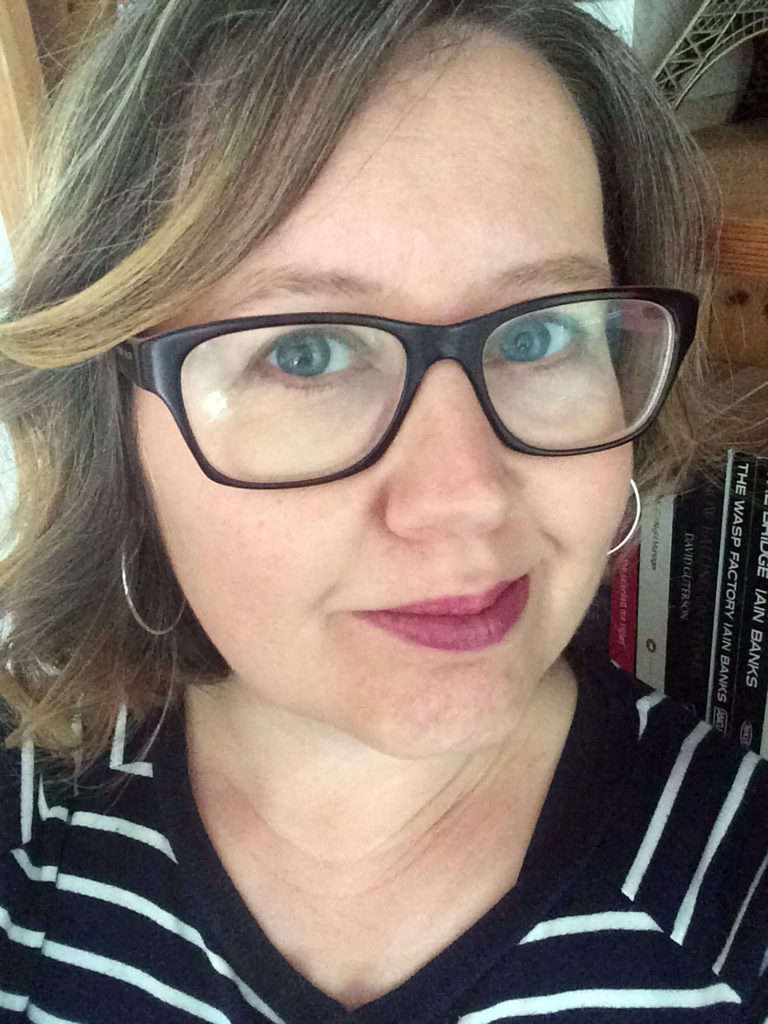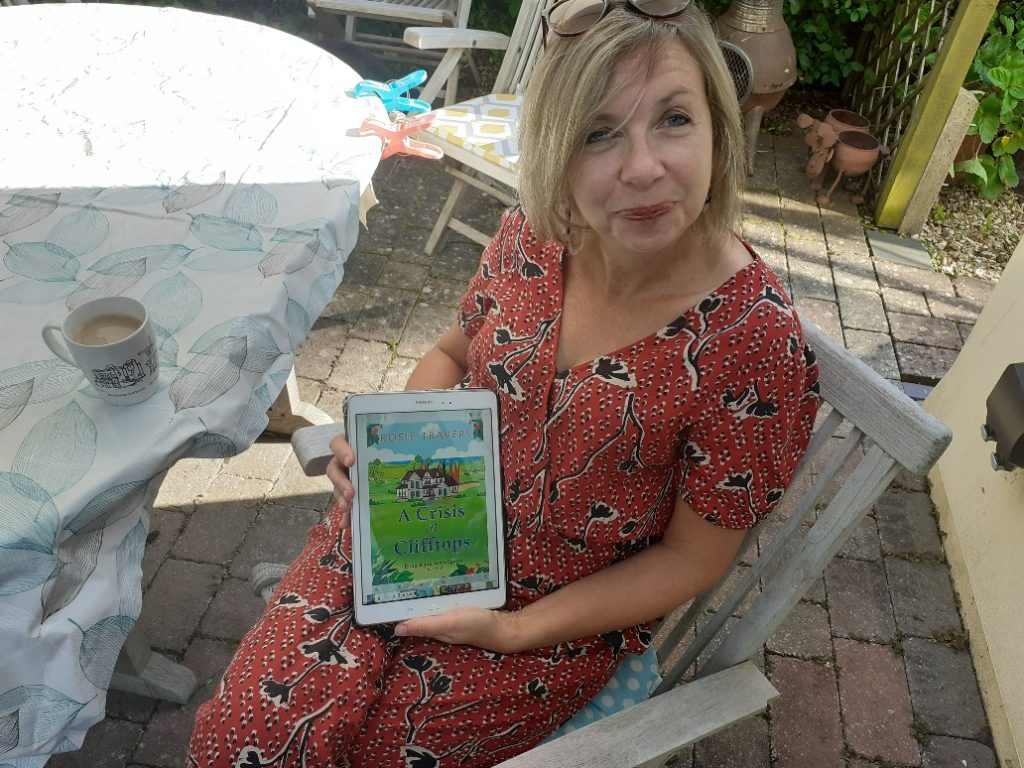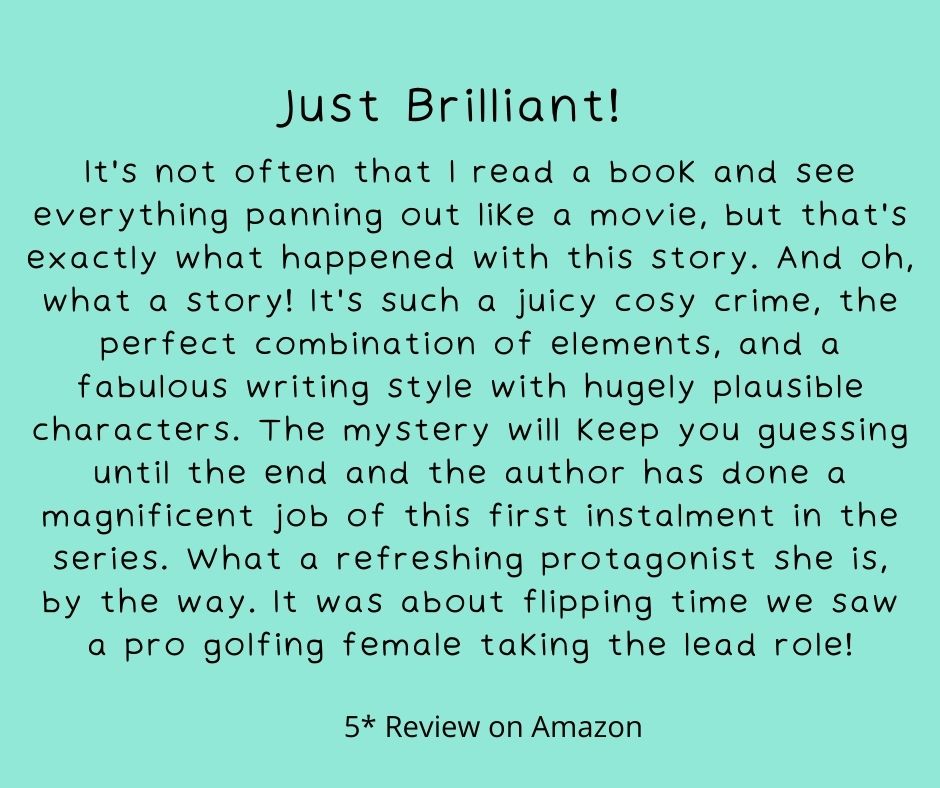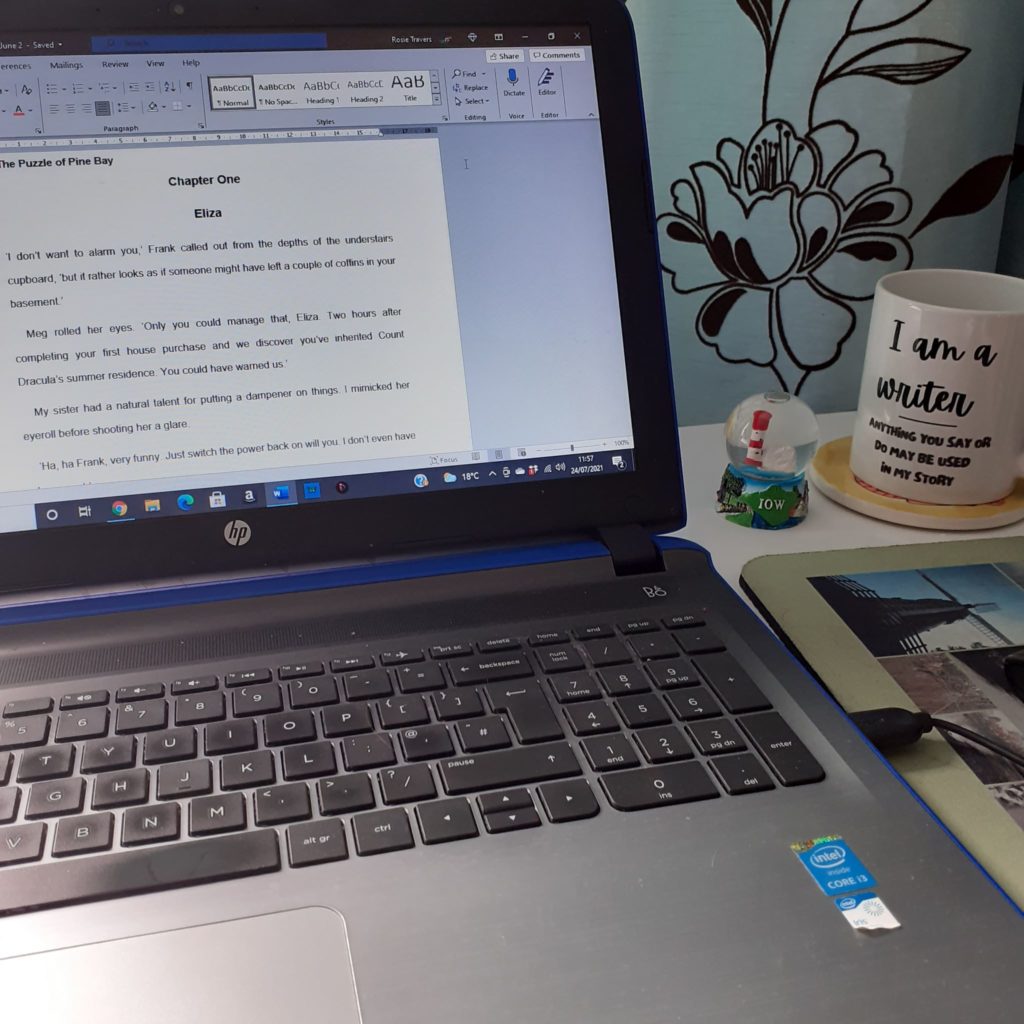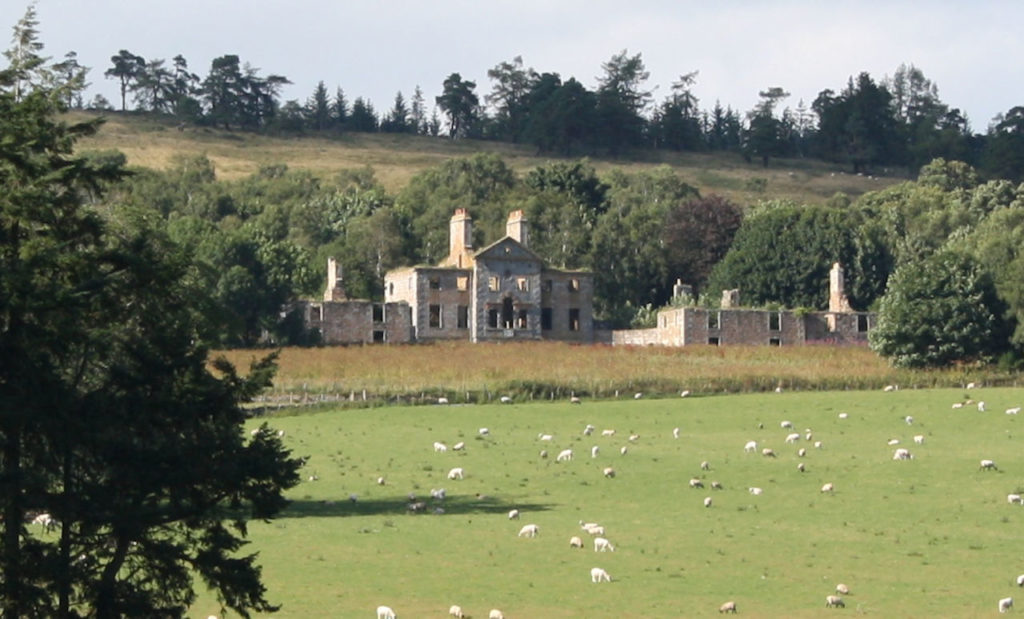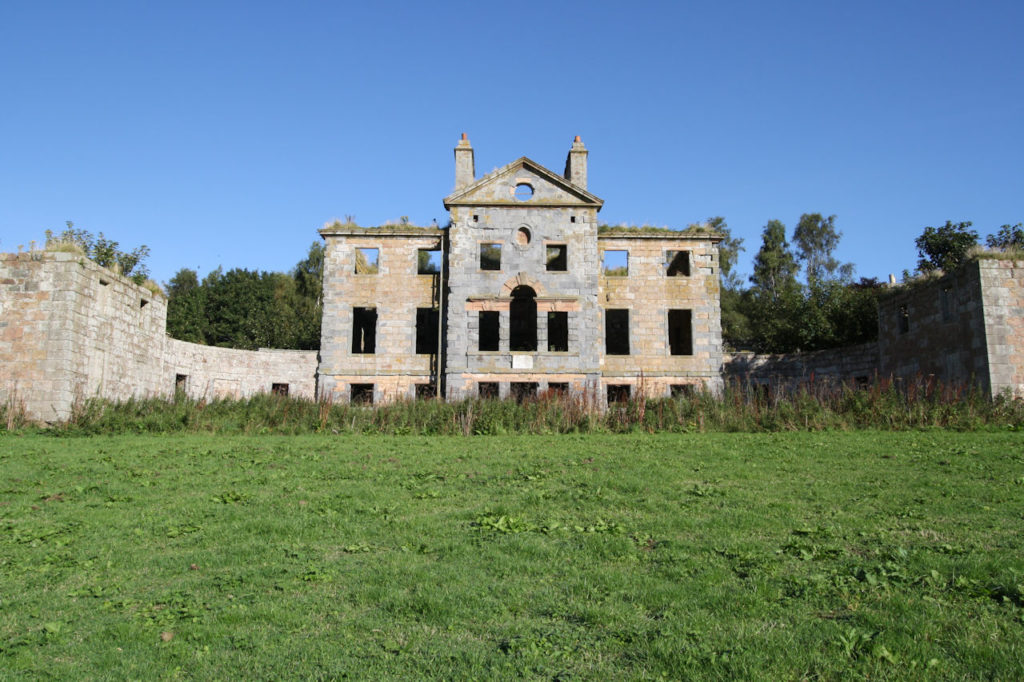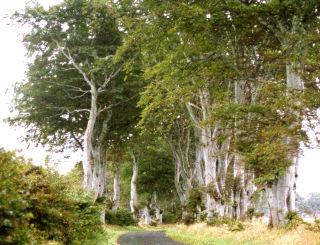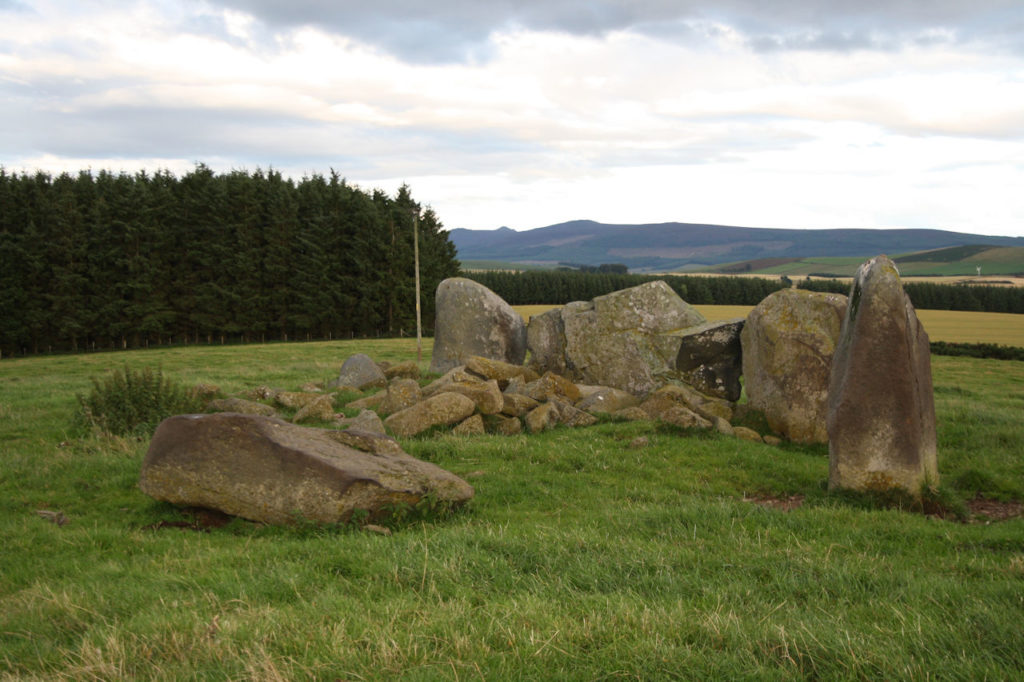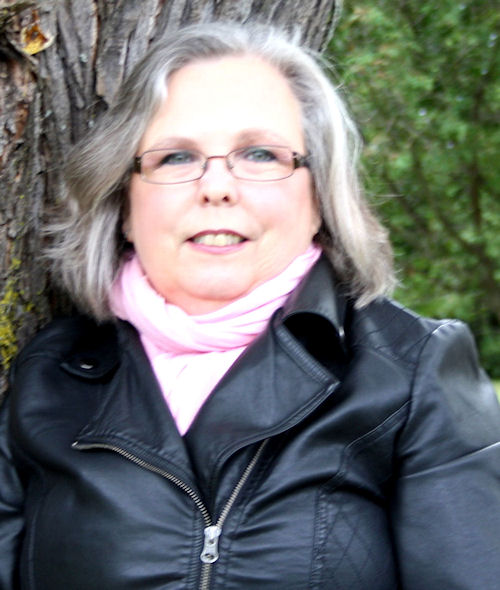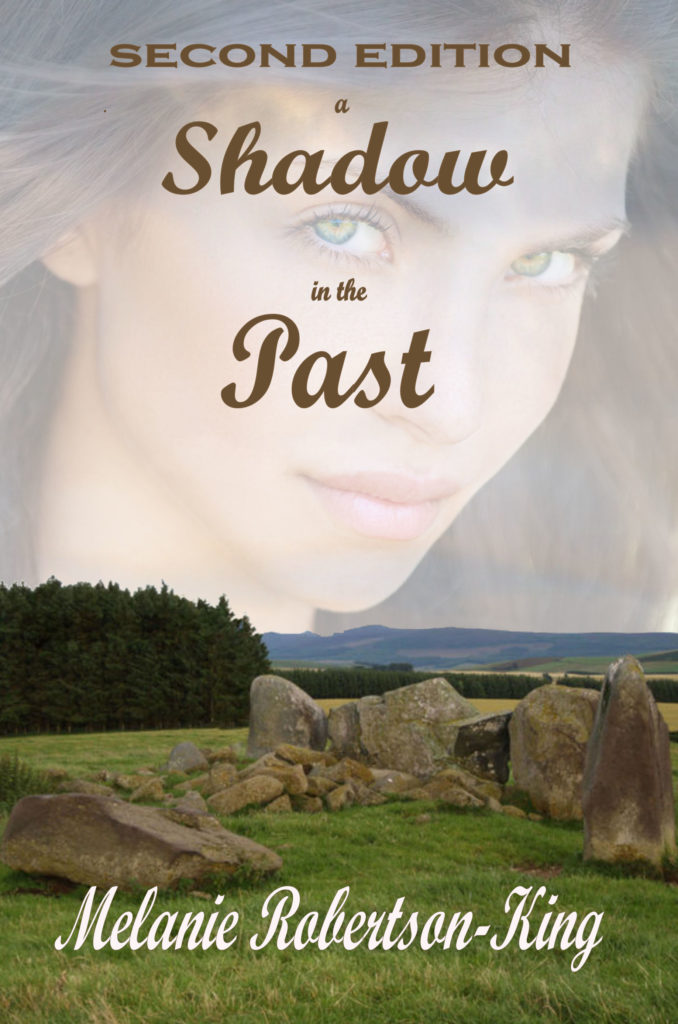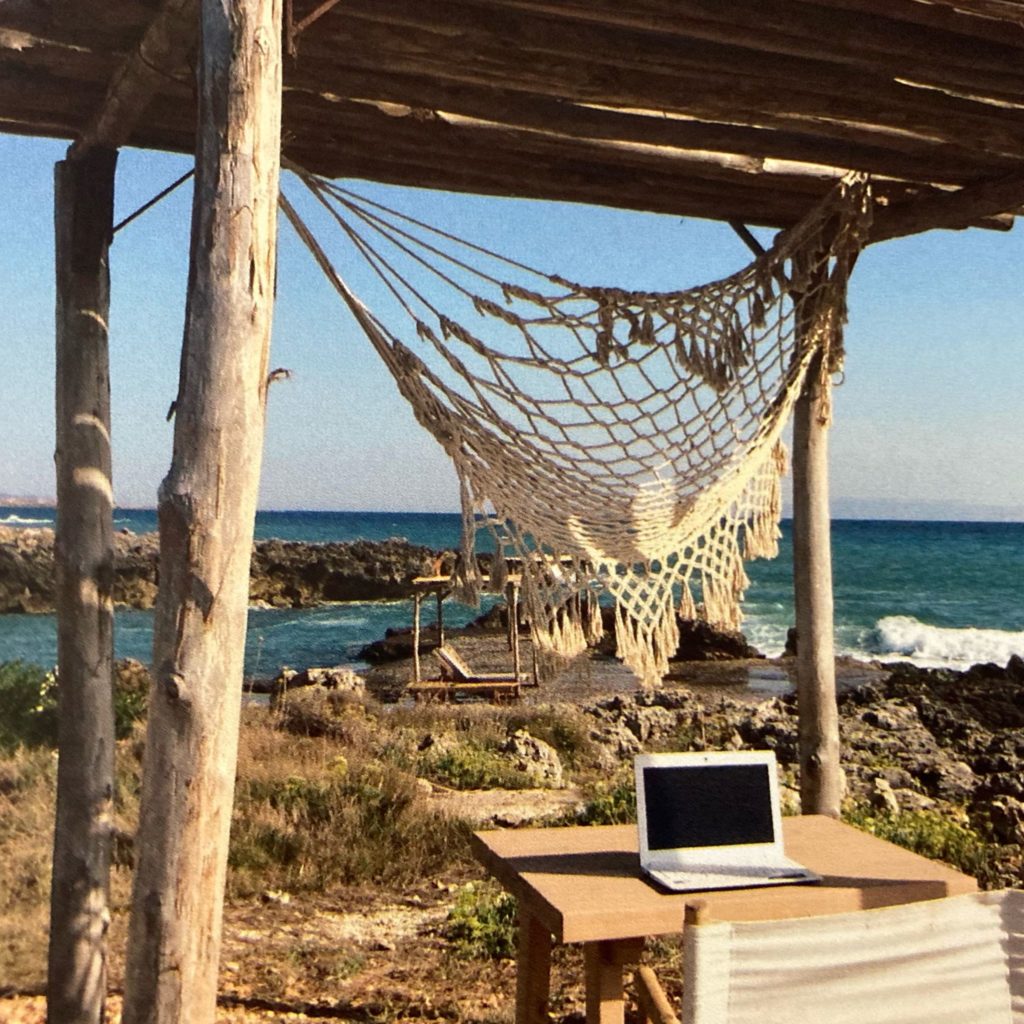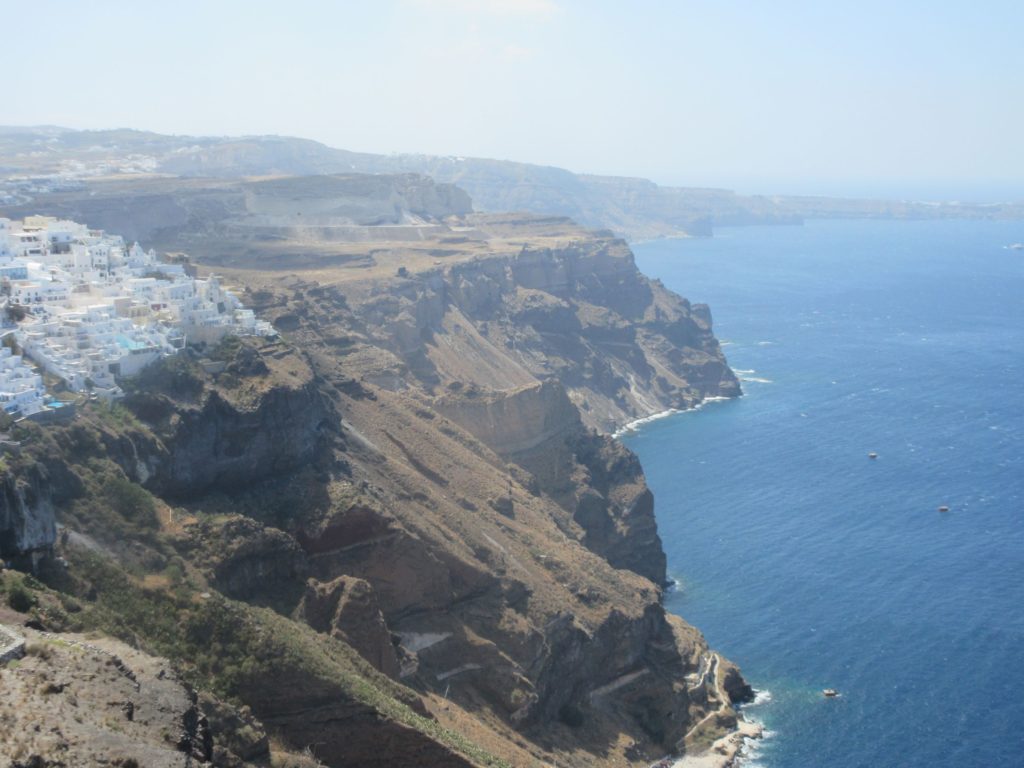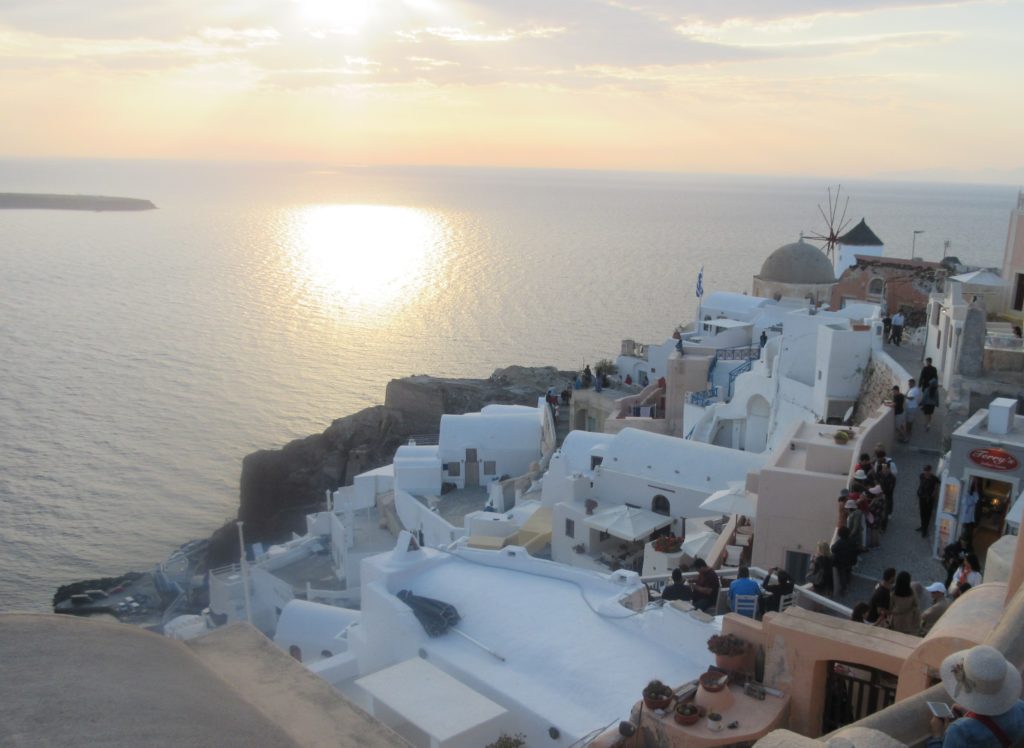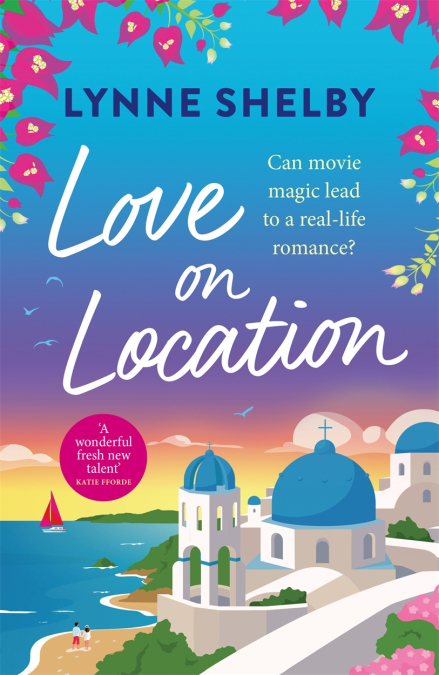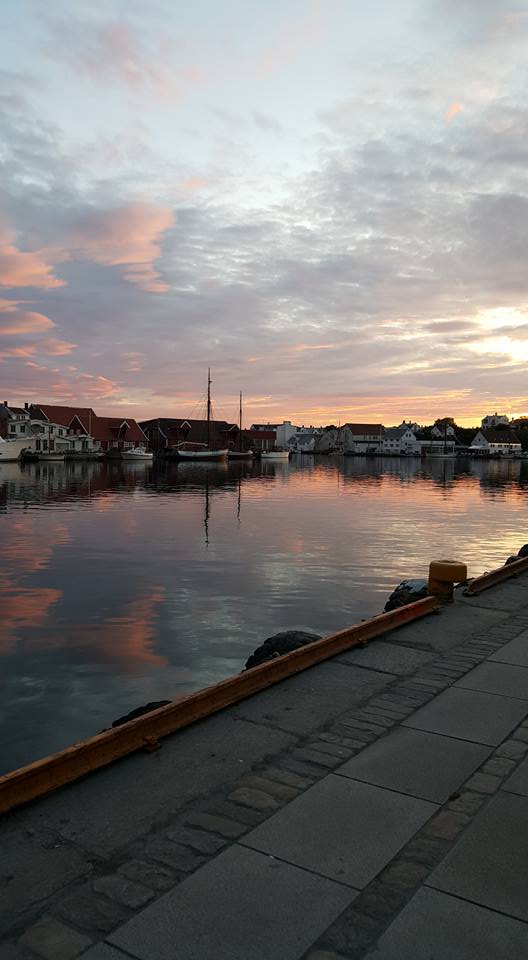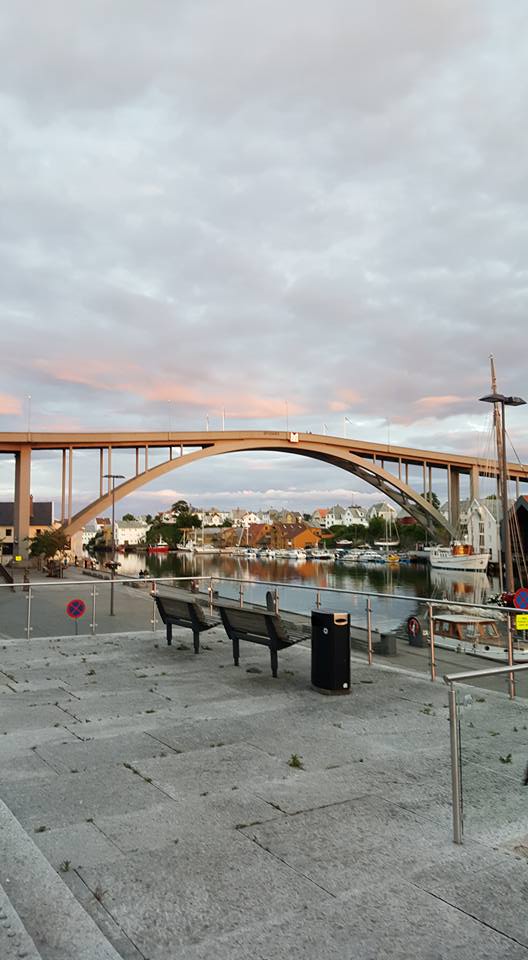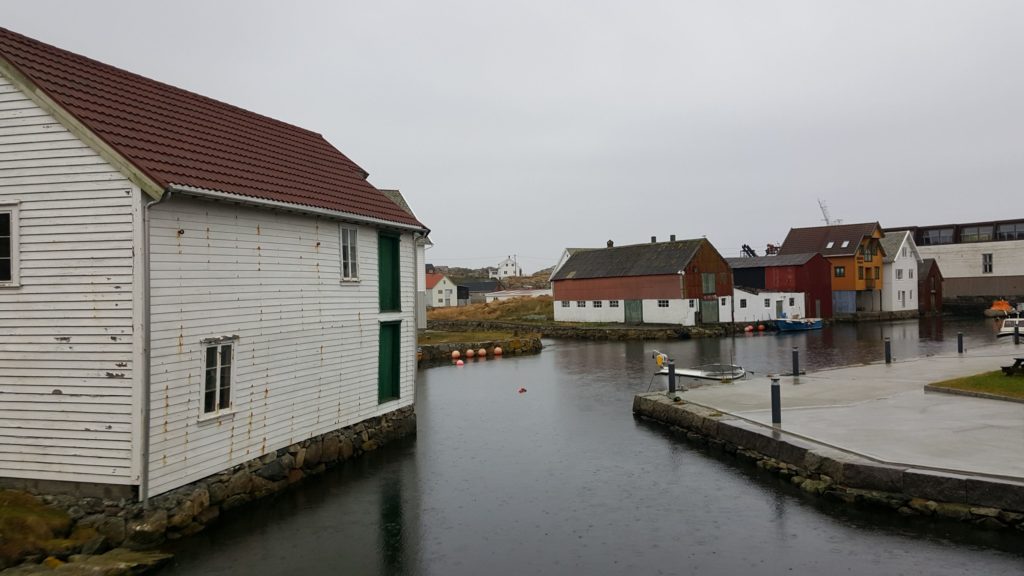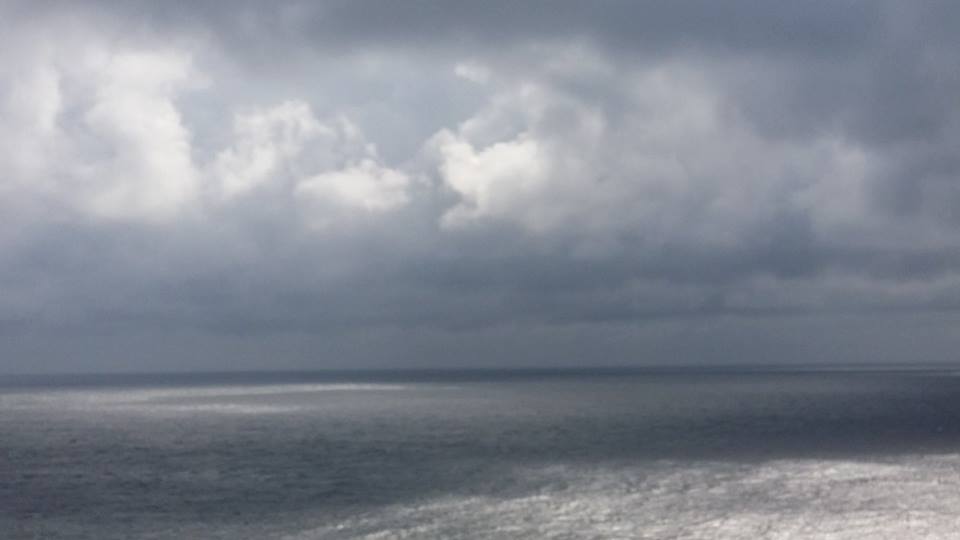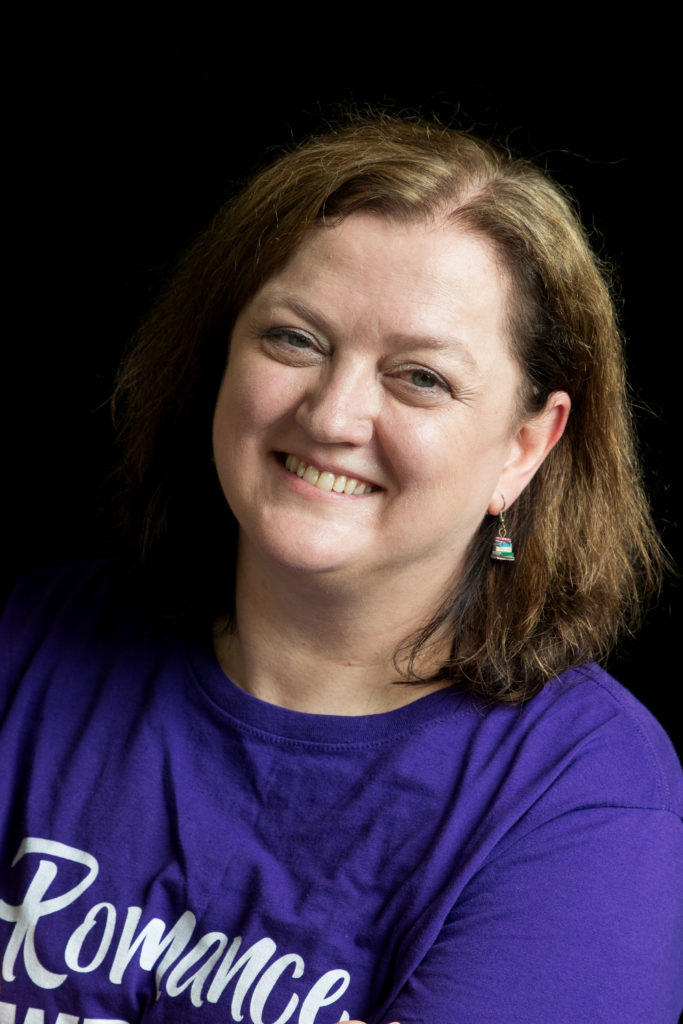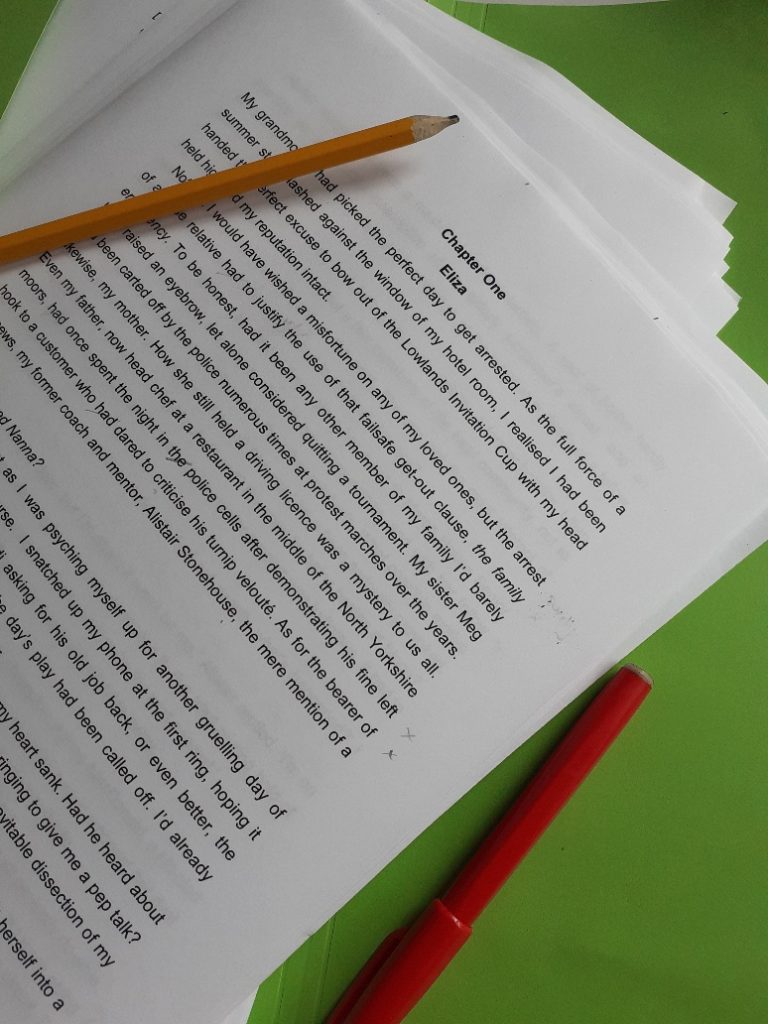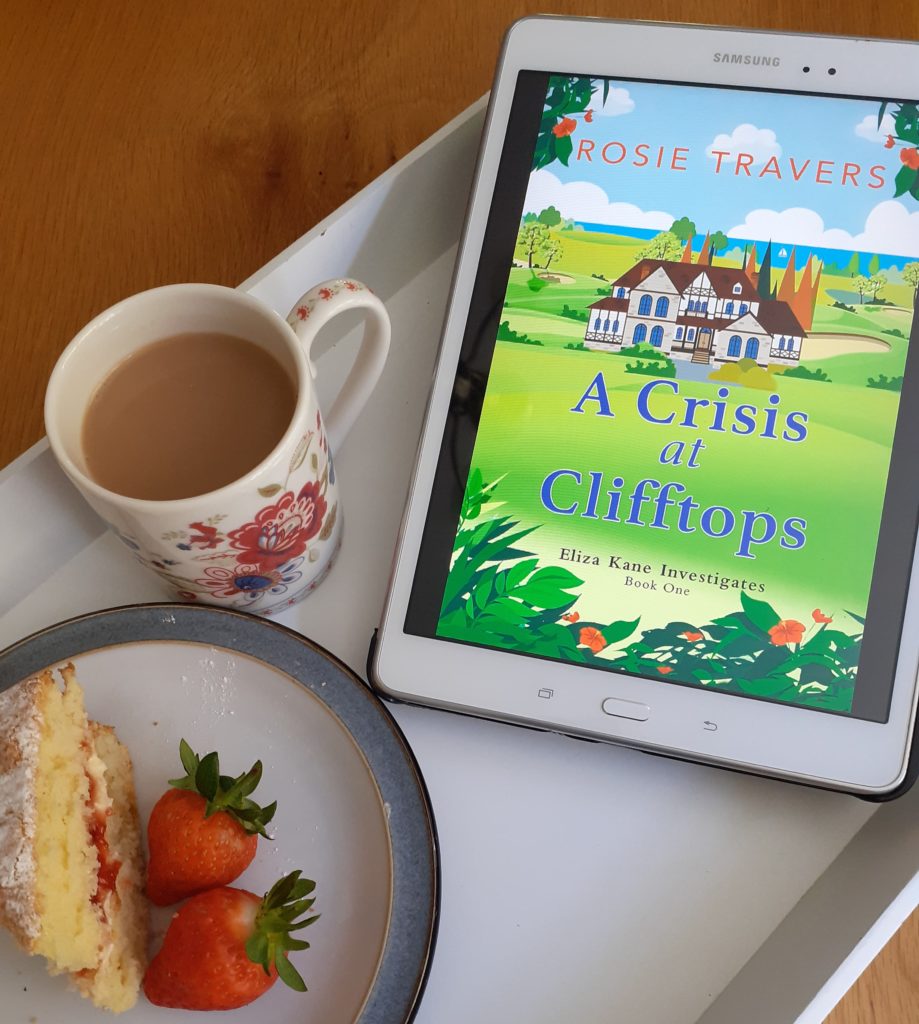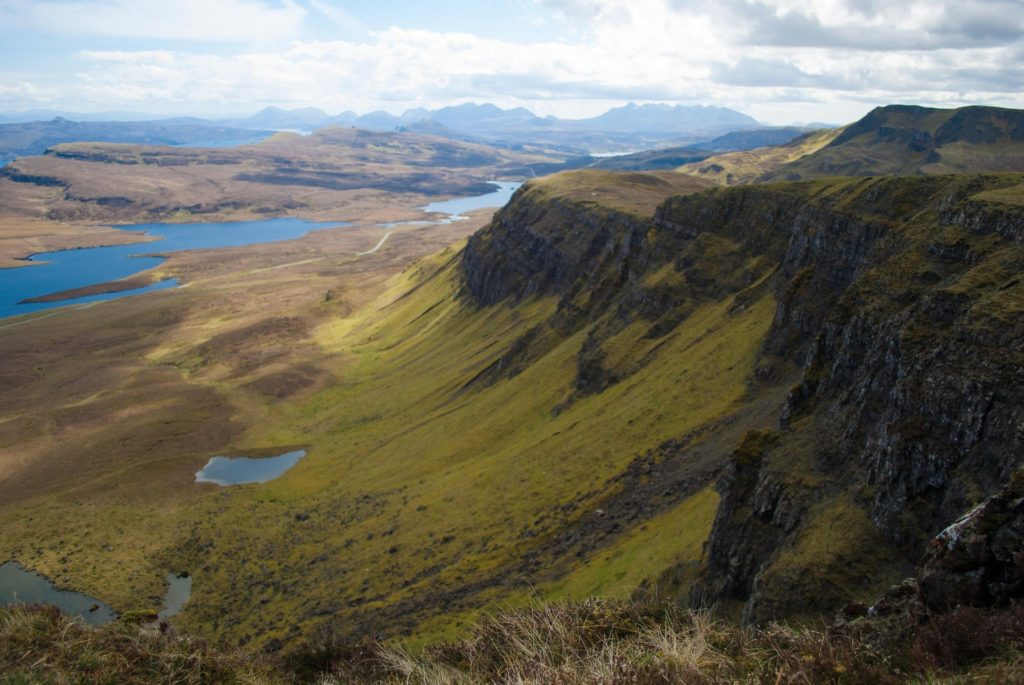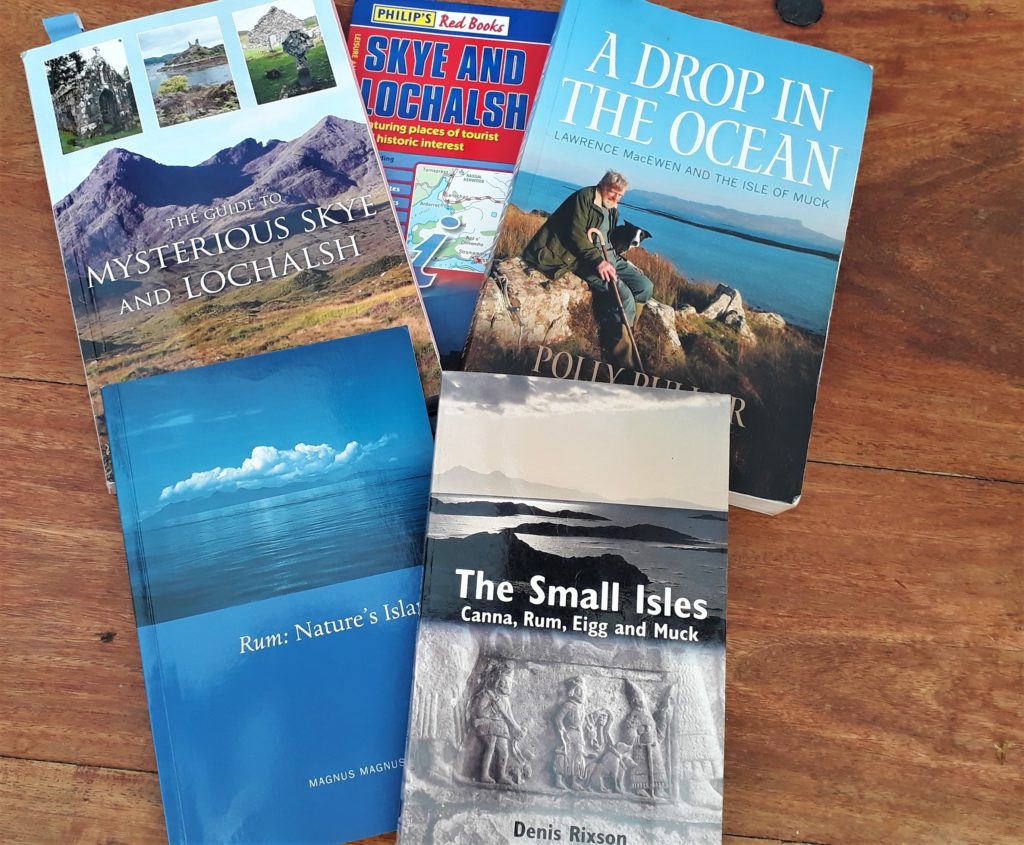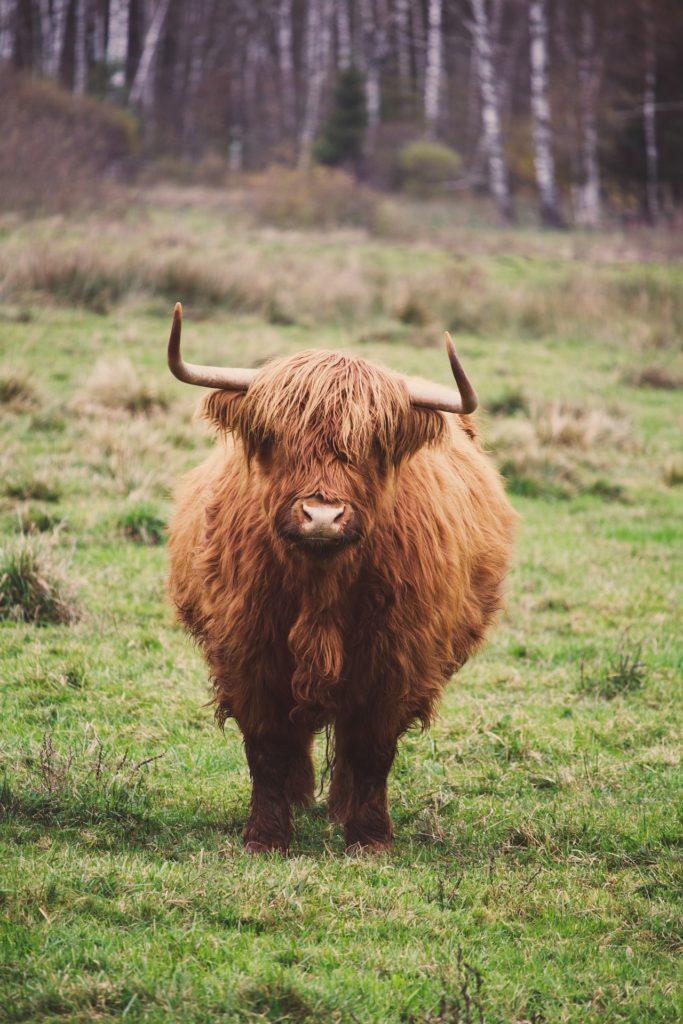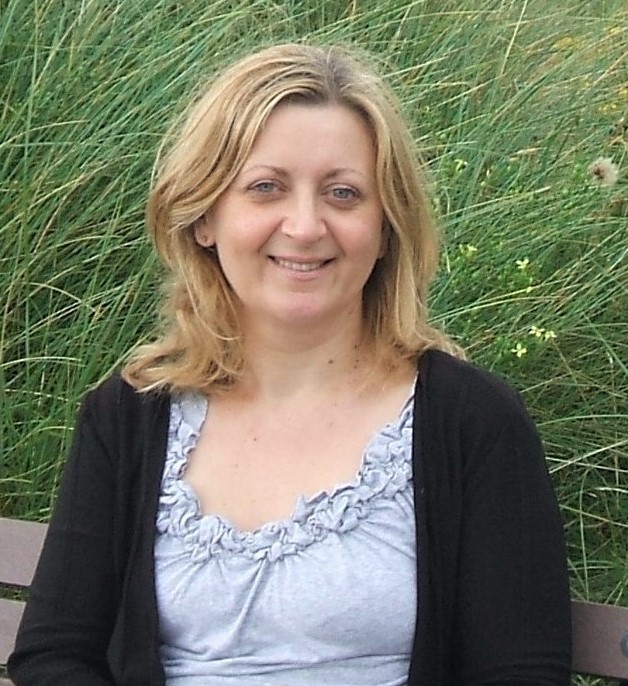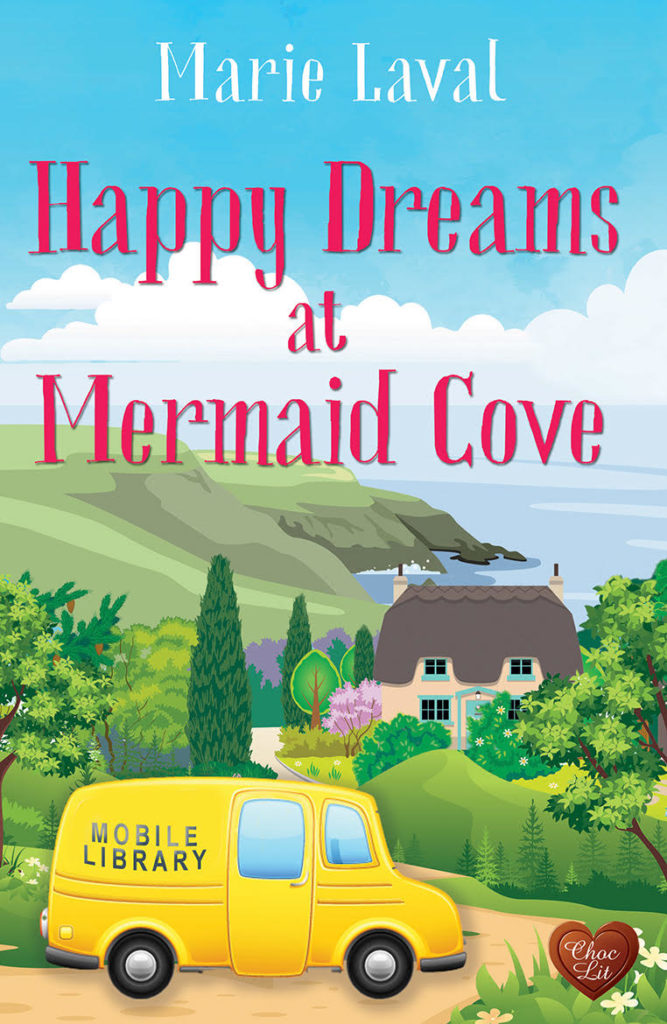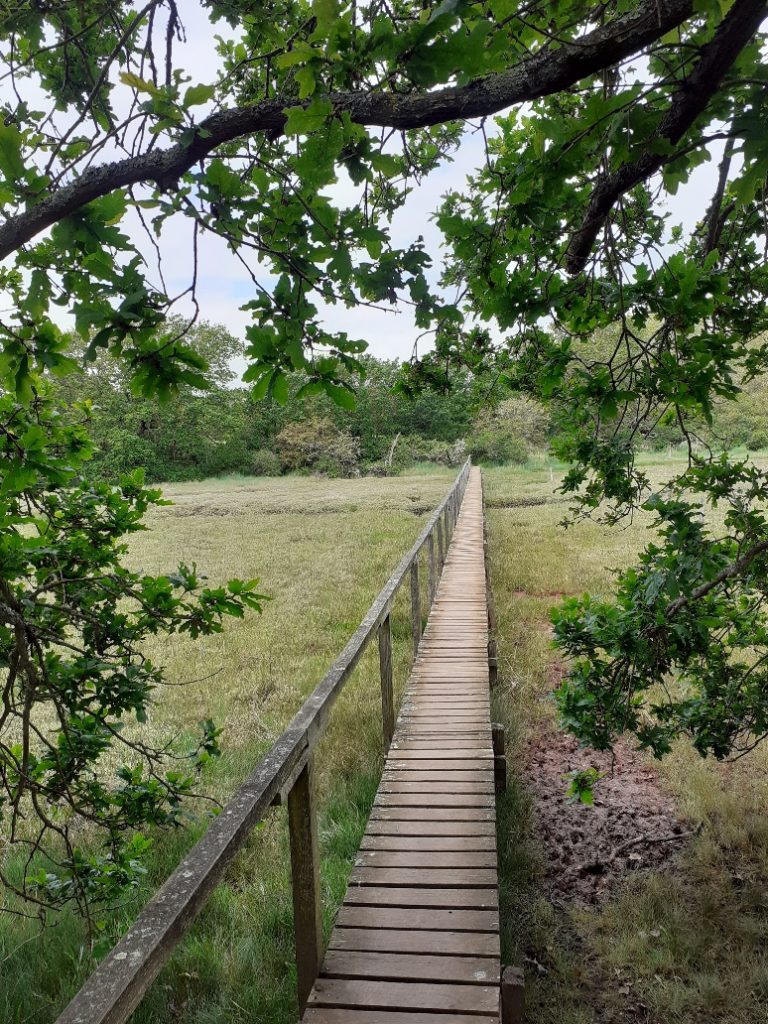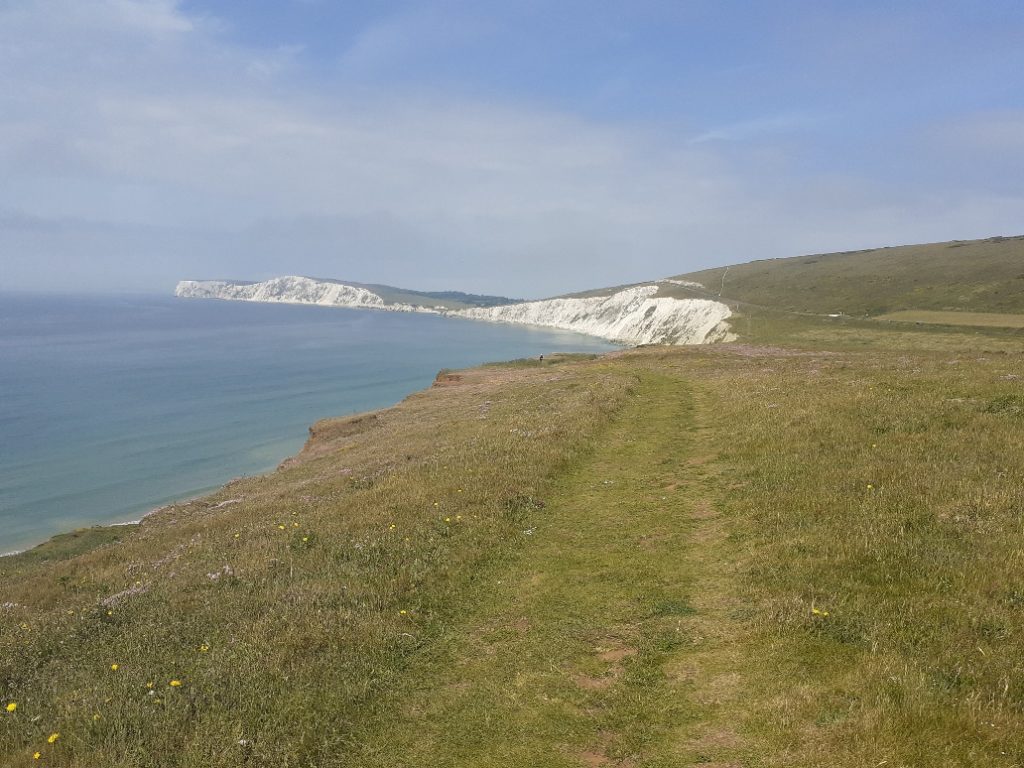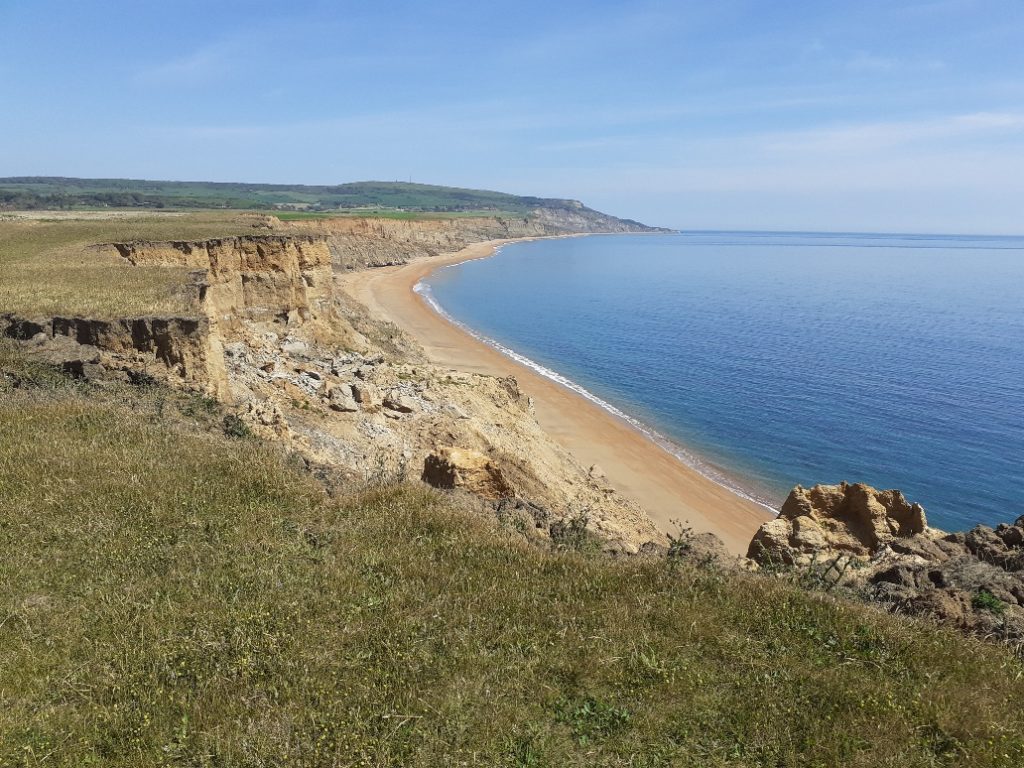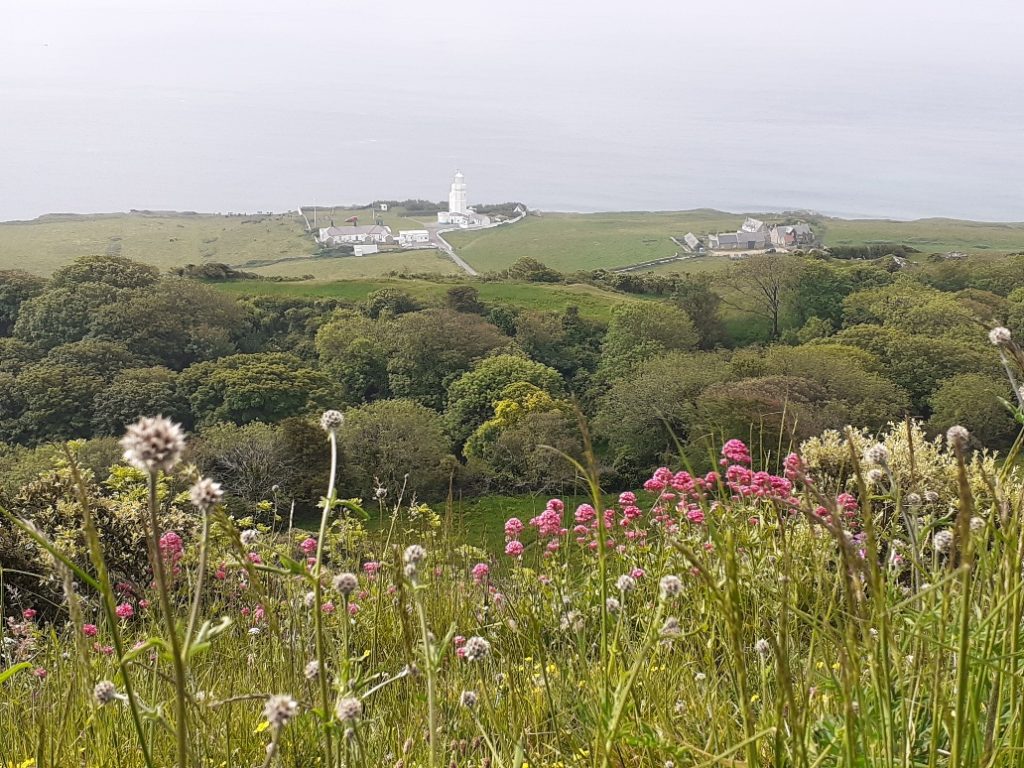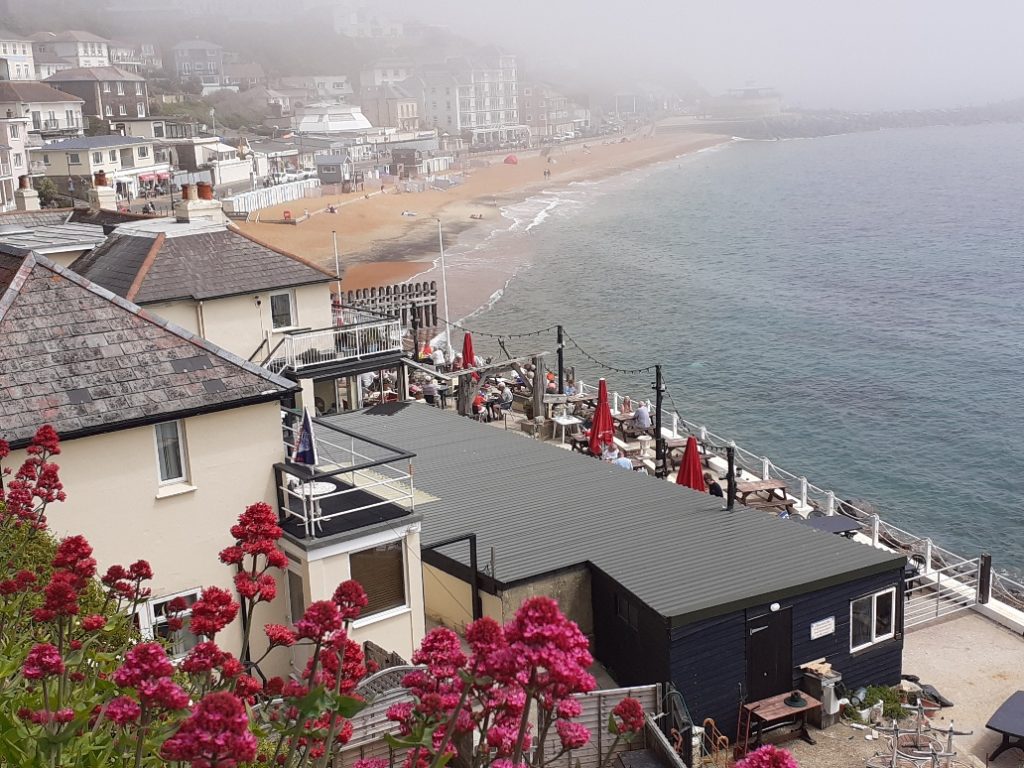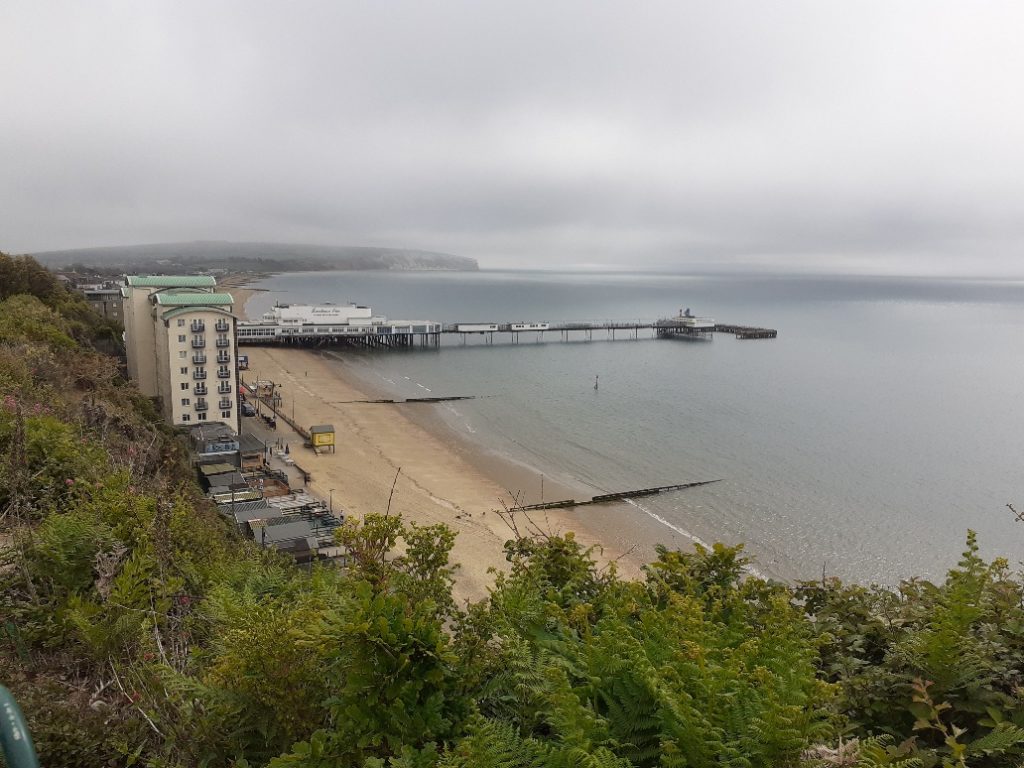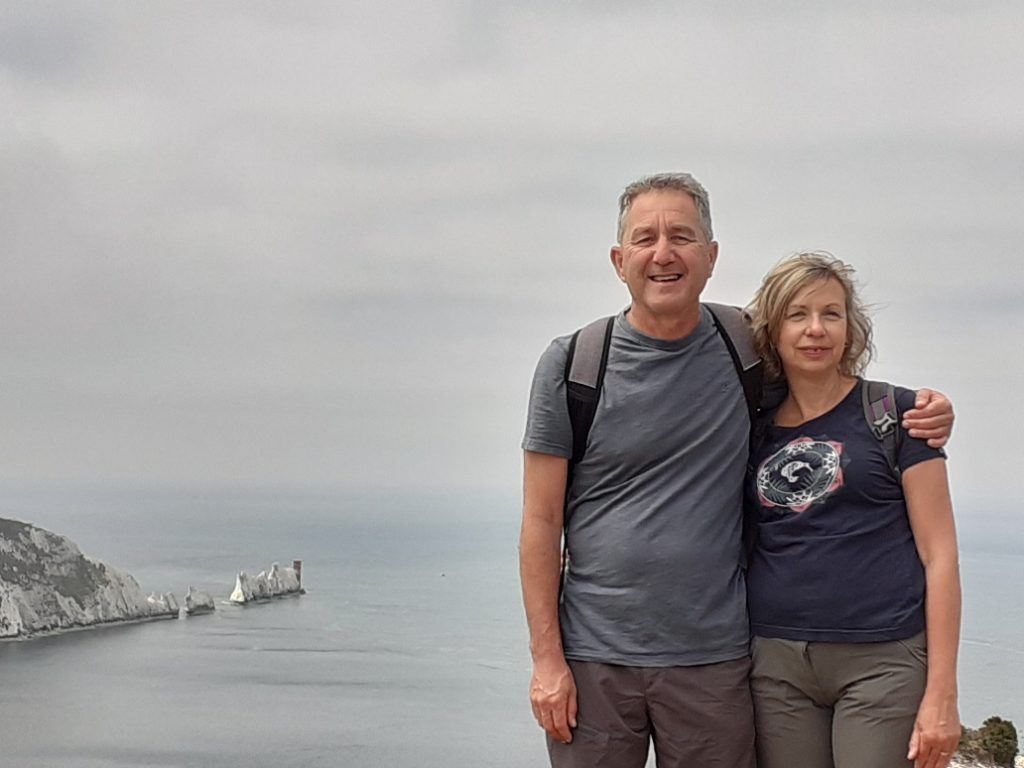My self-publishing journey continues to be one big learning curve. Having successfully launched A Crisis at Clifftops in ebook form and proving, mainly to myself, that I am an intelligent and capable person who can master new tricks, the education continues. I’m now embarking on the production of a paperback. I’d love to say its due to popular demand – yes I have had few enquiries, but mainly its because I’ve realised what wonderful Christmas presents a signed copy will make to friends and family, especially with all the shortages predicted over the festive season this year. What no turkey? Never mind, devour a good book instead.
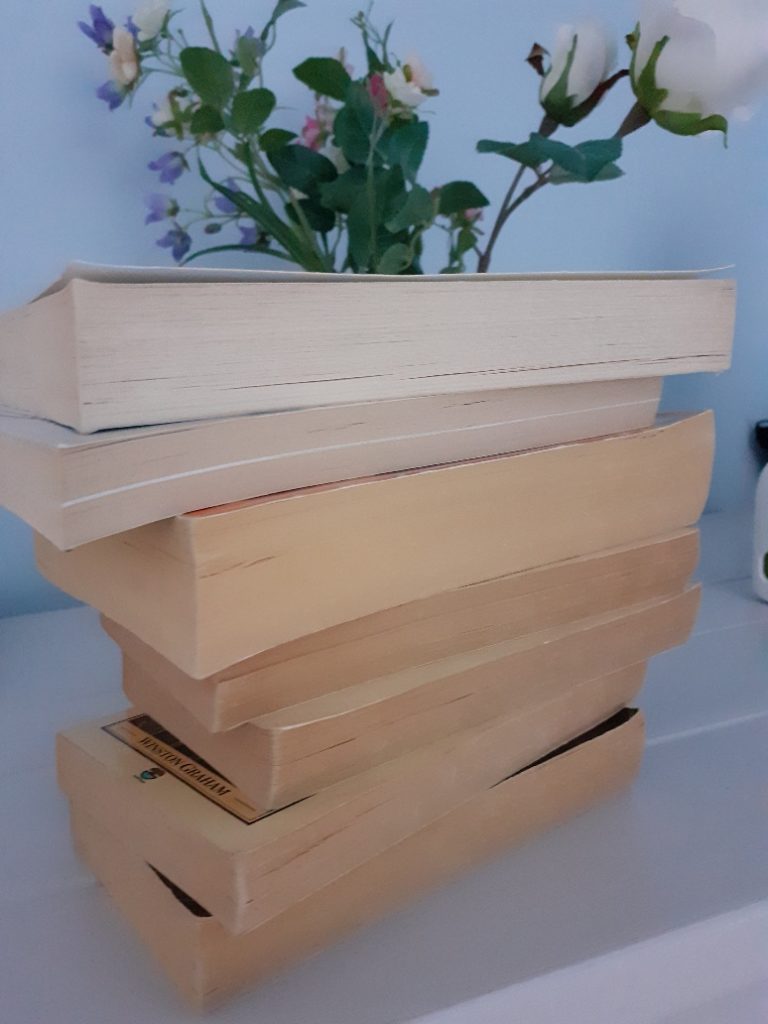
Seriously, I just love the feel and smell of a paperback, so I just thought, why not. I’m doing it for me, and that was also very much the theme of my first Facebook Live event which took place last week. I know these things are second nature to the younger generation, but not for me, although to be fair, it wasn’t actually meant to be live. I had recorded a well-rehearsed word-perfect video presentation to upload to my post, but at the last minute, technology let me down.
Fortunately, the event, the Chick Lit & Prosecco Facebook Chat Group Late Summer Festival, was a wonderfully relaxed affair. My contribution was supposed to be a short, humorous piece entitled The Joy of Writing, an account of how I got my writing mojo back after a serious slump, with the aim of helping others in the same position. The main emphasis of my talk about going back to basics, reminding myself why I started writing in the first place, which wasn’t to get a book deal or to top the Sunday Times bestseller list, but to simply tell a story. (It’s a theme I talked about on this blog back in November 2020 The Joy of Writing)
Despite the technical glitch my talk went down well, possibly because of the comparisons I made between writing and sex (I know my audience!). Fortunately I was neatly coiffured, made-up and fully-dressed when I had to jump in last minute when my video failed to upload. The show must go on, after all!
I’m very attached to my comfort zone and doing things like this quite frankly, scares me. I know it’s all about character building and challenging yourself, but twice in one week….
The Facebook event was followed a few days later by taking part in a podcast. Yes me, a podcast. I know, the kids couldn’t believe it either. After the release of A Crisis of Clifftops I was contacted by Charlie Place, a local book blogger. I originally met Charlie three years ago when I was just about to launch my debut novel The Theatre of Dreams. Charlie told me how much she’d enjoyed the book and how the story and its characters had stayed with her, after all this time – which is music to any author’s ears!
The podcast will be broadcast at the end of October via Charlie’s website: http://wormhole.carnelianvalley.com/. At least there were no visuals to worry about this time and Charlie promised the piece would be edited! I wouldn’t say I was a media natural, but I’ve realised, just like writing, when you’re passionate about something, the words tend to flow quite easily.
And talking of The Theatre of Dreams, I’ve always felt this story deserved another chance out there in the big wide world, so I’ve given the book a make-over. When I’m back from my hols in October this lovely little book is going to have a relaunch. After receiving my rights back from its original publishers, Crooked Cat, the book has sat on the back-burner, buried in the dark vaults of Amazon obscurity. When designer, Berni Stevens, came up with her wonderful cover for A Crisis at Clifftops, I asked her to work her magic on The Theatre of Dreams too and here’s a teaser of the new cover…
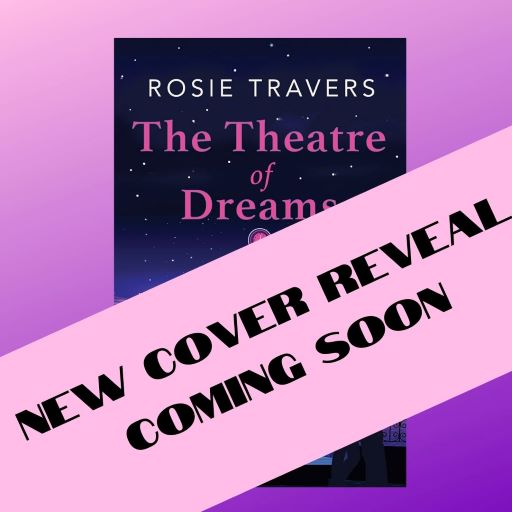
After the relaunch, and the paperback, I’ll be hunkering down to do some serious writing again. The Puzzle of Pine Bay, the second Eliza Kane mystery, needs some revision if I want to publish in Spring 2022, which I do, and there’s also a sequel to The Theatre of Dreams which has been brewing away for some time and is singing to me again. I’m marching on!
After The Theatre of Dreams’ original release I thought I had to conquer the publishing equivalent of Mount Everest to consider myself a “successful” author. I beat myself up for feeling I’d made it no further than base camp. But it’s all about mindset. As I said in my Chick Lit presentation, find your G spot, work out what makes you happy and take it from there. I don’t have a head for heights. I don’t like climbing mountains. This time round I’m sticking to the hills!
